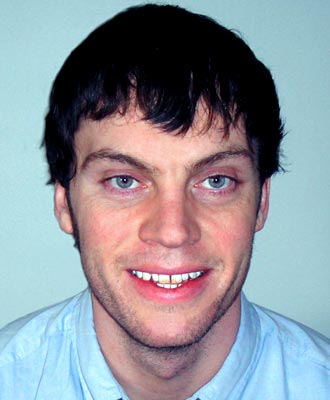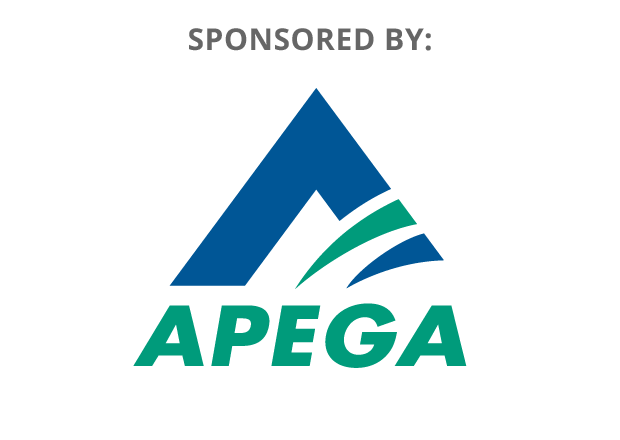Abstract
Heavy oil recoveries in most heavy oil reservoirs in Western Canada are usually less than 10% under primary recovery schemes (native pressure and oil saturation). Thermal methods have been utilized in the Saskatchewan heavy oil region by many operators as a profitable alternative to traditional enhanced oil recovery (EOR) schemes. Petrobank Energy and Resources utilizes Toe to Heel Air Injection (THAI®), a patented in-situ combustion technology, to recover large amounts of the remaining resource while upgrading the oil in-situ. Lab results show that THAI can recover up to 65% with an average upgrade of ~8° API, while field results show an average of ~4° API upgrade with recovery amounts still being monitored with time (Kendall and Wikel, 2011)
Thermal recovery methods are well suited to monitoring with time lapse seismic. Recent published data shows that heavy oil velocities decrease with added temperature in the lab (Han and Batzle, 2006) and other time lapse case studies show observable and tested time lapse responses when monitoring THAI with seismic (Kendall, 2009; Kendall and Wikel, 2011). In addition, 4D-3C seismic can aid in caprock integrity monitoring via overburden stress change through time (Wikel et al, 2012). This case study will outline the utilization of a non purpose shot 3D baseline (1995) being interpolated and re-processed to act as a baseline to a recent purpose shot time lapse (2011) near Petrobanks Kerrobert, Saskatchewan THAI facility. Results show an observable compressional wave time lapse response due to the THAI process, which allows us to monitor temperature and gas migration in active THAI projects. Also, a time lapse response from primary production due to a secondary gas cap in both vertical and horizontal wells is present as well. This secondary gas cap is the result of the reservoir dropping below the bubble point where gas comes out of solution. The unexpected presence of primary depletion anomalies makes future time lapse shoots over aging heavy oil fields with similar oil properties a possibility for targeted infill drilling.
Biography
Kurt Wikel graduated with a B. Sc in Geology from the University of Montana. He received his M. Sc. from the Colorado School of Mines in Geophysics with a minor in Petroleum Engineering in 2008. From 2008-2010 he worked with Talisman Energy in unconventional shale exploration in North America and as the geomechanics specialist for International Exploration. Kurt joined Petrobank Energy and Resources in July 2010 and is currently responsible for subsurface geophysics and geomechanics for the Heavy Oil Business Unit.






